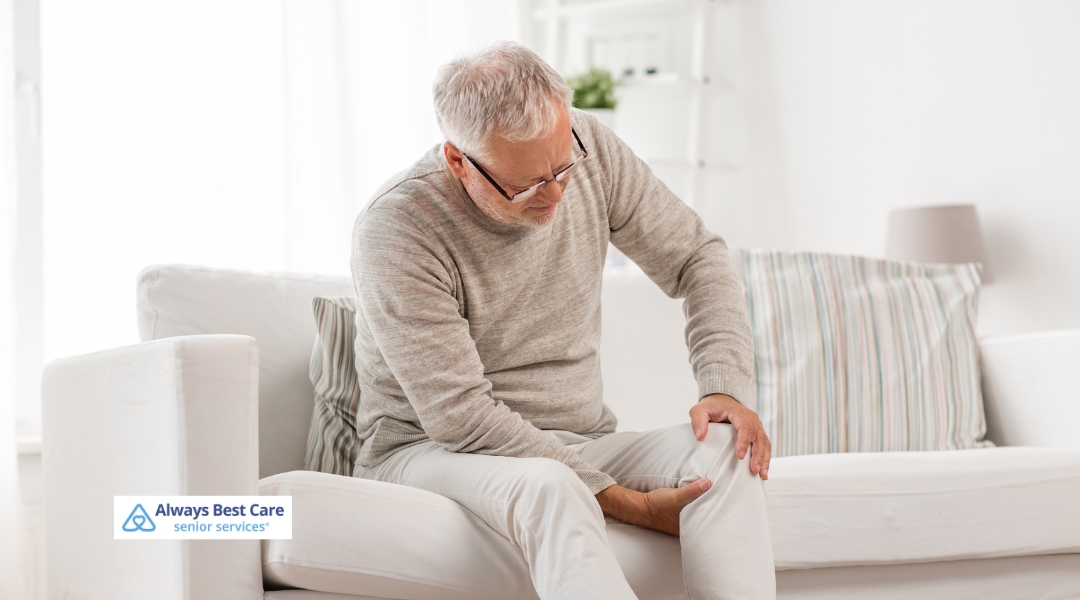Recognizing Common Safety Hazards Around the Home for Seniors

Many seniors prefer to age in place for as long as possible because they enjoy the comfort and familiarity of their own home. It is filled with their belongings and memories. But as they get older, their home can pose risks to their safety and well-being. As their vision, hearing, balance, gait, and cognitive abilities change, they may not function as independently as they used to.
Loved ones should be alert to potential hazards around the home and take steps to improve safety. Here are some key areas to pay attention to:
Unsecured rugs or slippery floors. Place non-slip backings on rugs or runners and make sure that the transition between different types of flooring is smooth. It can be easy for seniors to catch their foot on the edge of the carpet and trip and fall. Encourage them to wear proper fitting footwear with anti-slip soles on hardwood or tile floors and use a cane or walker if necessary for additional stability.
Clutter in frequently used spaces. Try to keep walking paths throughout the home clear from stacks of magazines, mail, trinkets, and other items, as well as electrical cords. Rearrange furniture so there is enough space to comfortably navigate without bumping into or knocking over anything.
Unstable furniture or lack of handrails. Seniors may grab onto furniture to help them stand up, sit down, or walk from spot to another. This can be dangerous if furniture with rockers is used, or if the furniture is lightweight and could easily tip over under too much pressure. Keep walkers and canes close by, show seniors how to safely transition, and make sure that handrails are installed and secure anywhere there are steps. Place grab bars in the bathroom as well near the toilet, bathtub, and shower, as wet floors can be incredibly slippery.
Dangerous water temperature. With aging, sensitivity to temperature can change. Seniors may not realize when the water is too hot. Setting the water temperature to 120 degrees Fahrenheit is a good rule of thumb to help reduce risk of burns while still killing bacteria.
Poor lighting. Vision problems are common in older adults, and not being able to see well can lead to fall risks. Install motion sensor lights in each room so they automatically turn on and off. Place night lights in bedrooms, hallways, and bathrooms. Make sure there is good lighting when working in the kitchen or relaxing in the living room reading a book or watching tv. Stairwells should also be well lit so seniors can better navigate up and down the steps.
No two seniors age exactly the same, so pay attention to your loved one’s specific needs and abilities. You may need to continue making adjustments as they age and their balance, coordination, strength, vision, and awareness change. Partnering with an in-home caregiver in Honolulu HI can provide seniors with valuable assistance completing everyday tasks and creating a safer environment. Contact Always Best Care to schedule a free consultation and learn more about available services and supports aligned with your aging parents’ needs.





